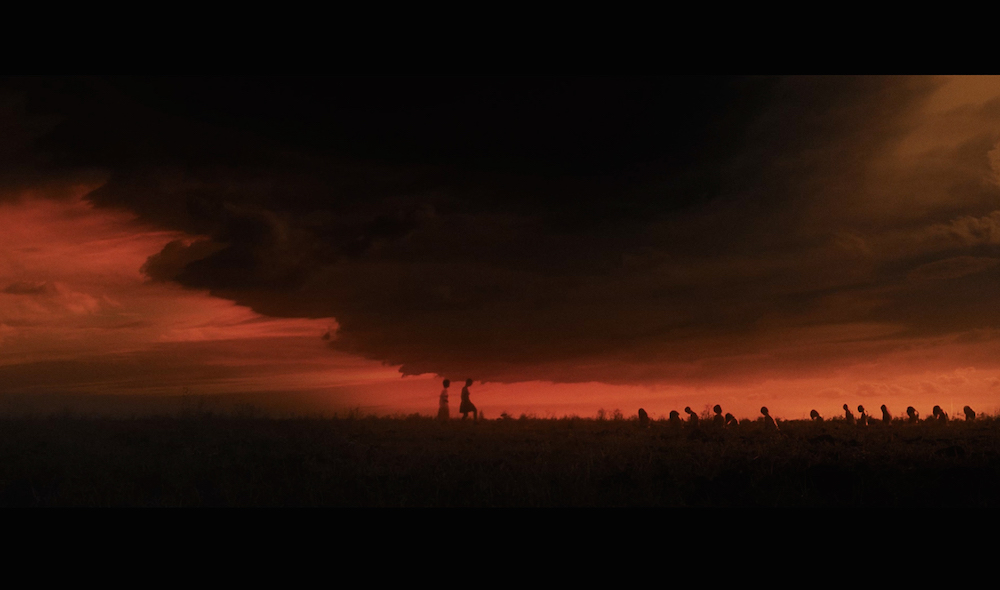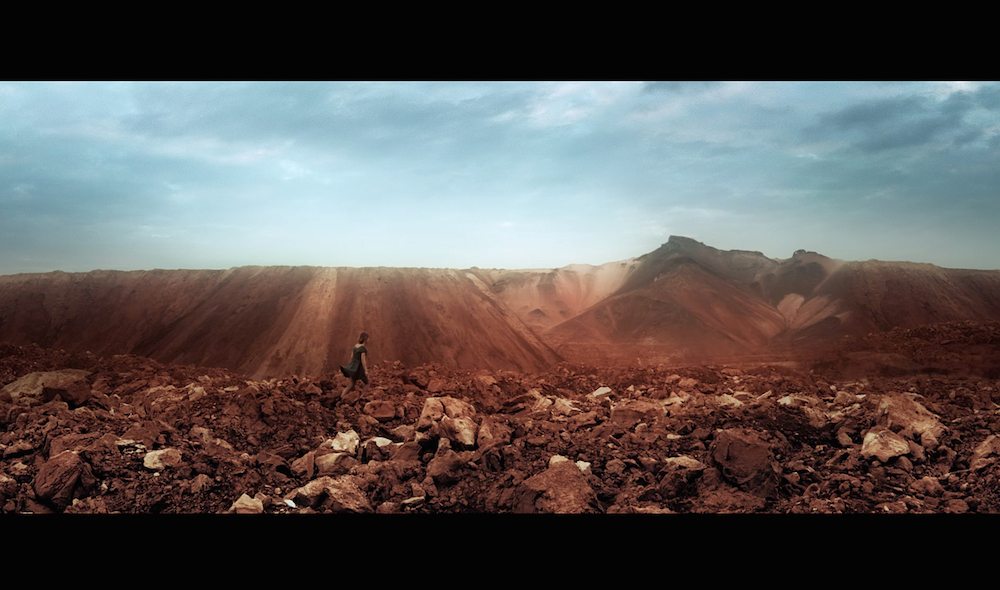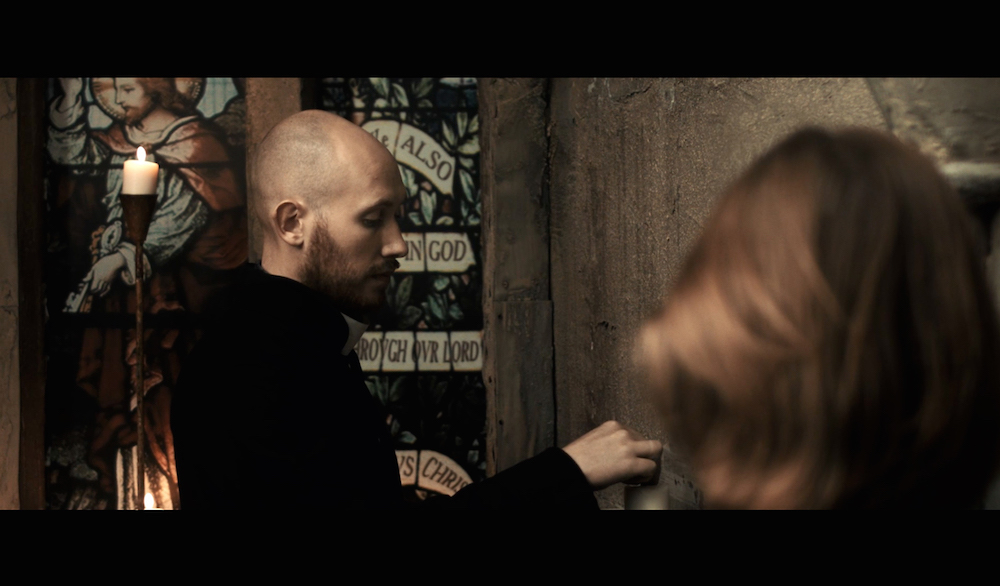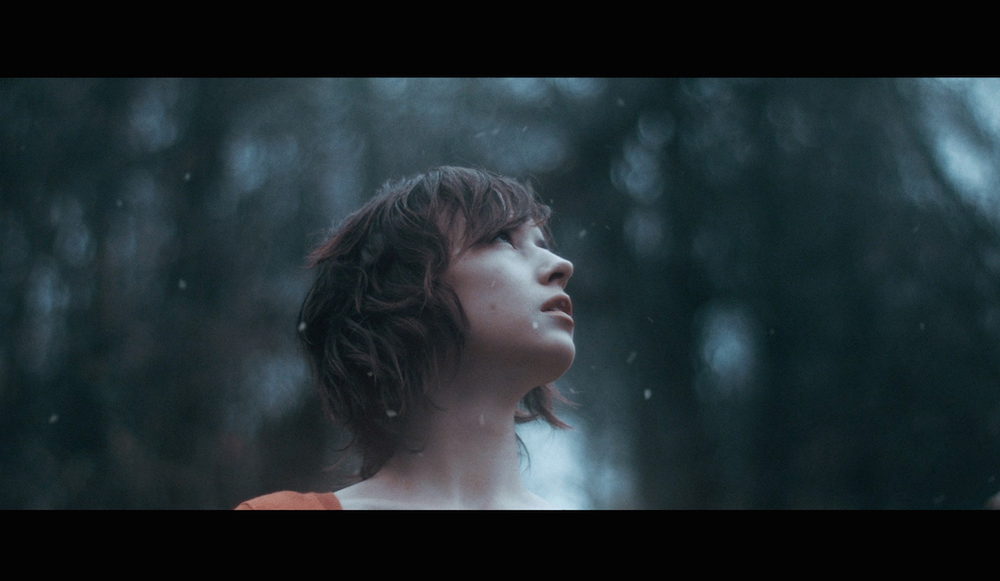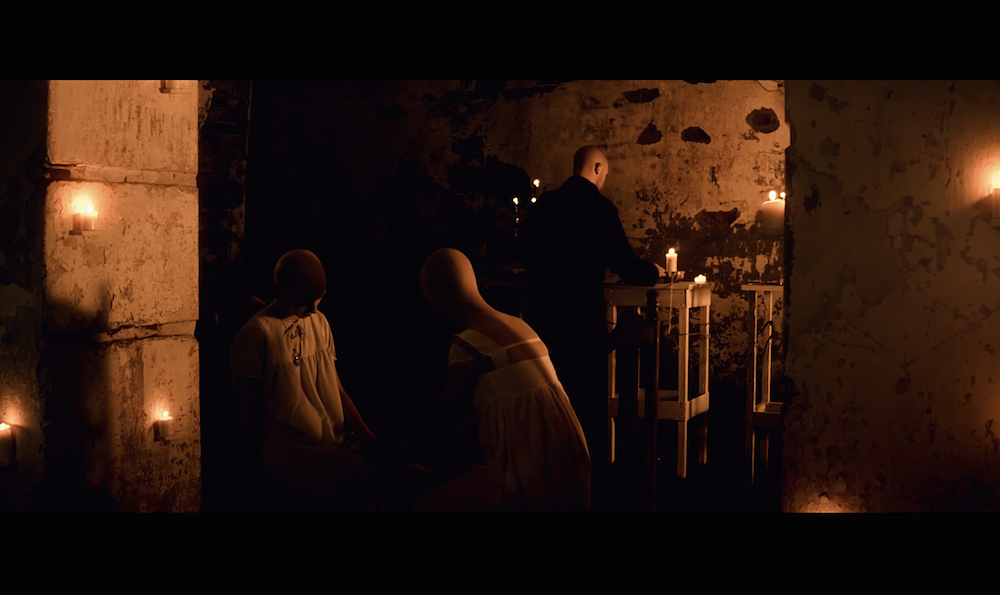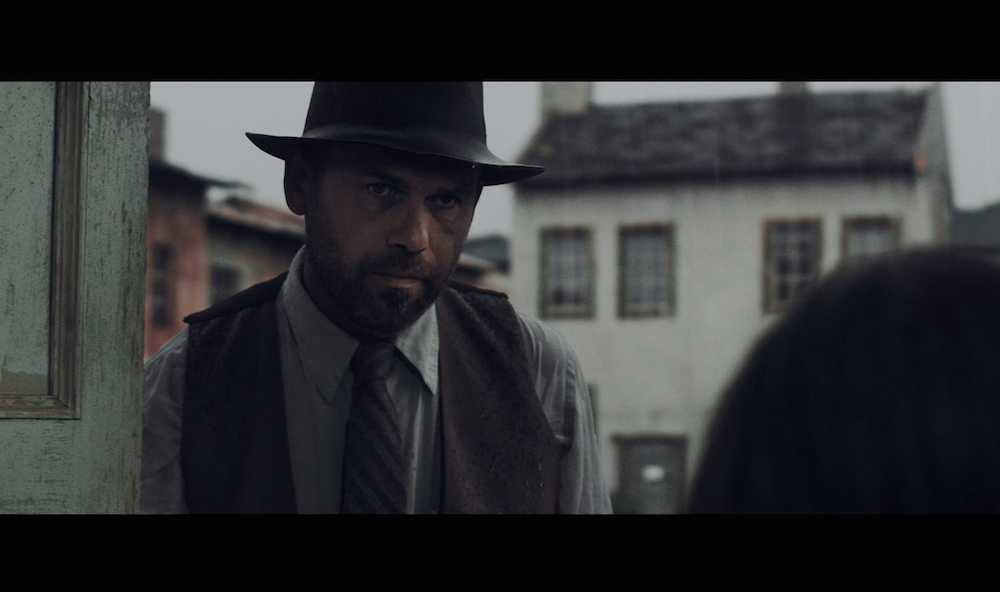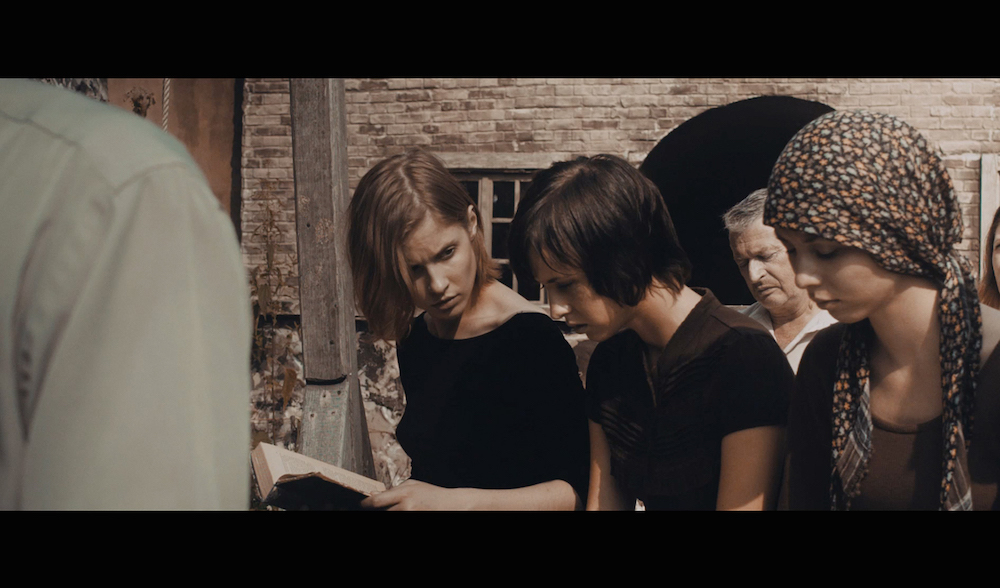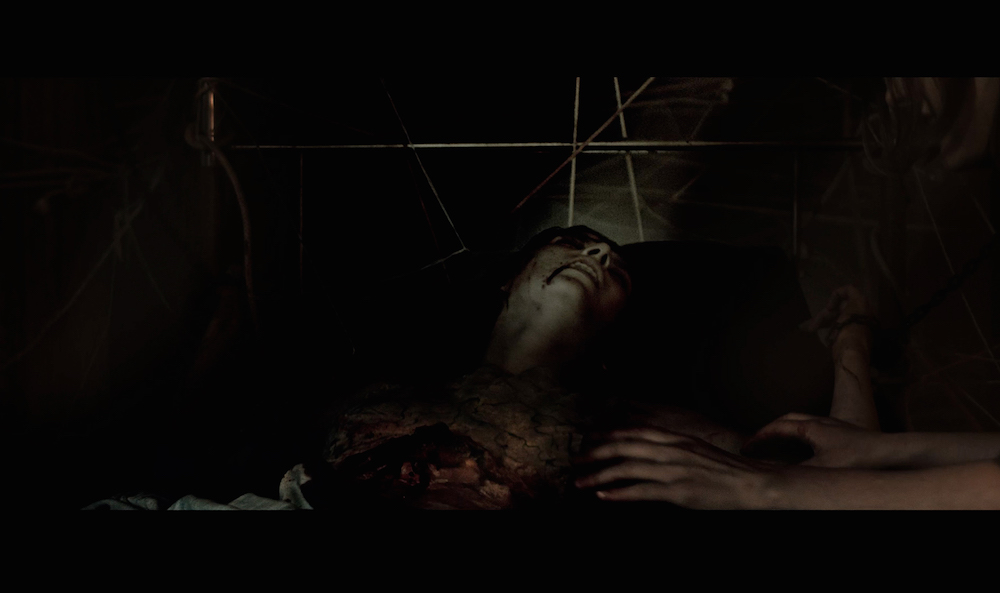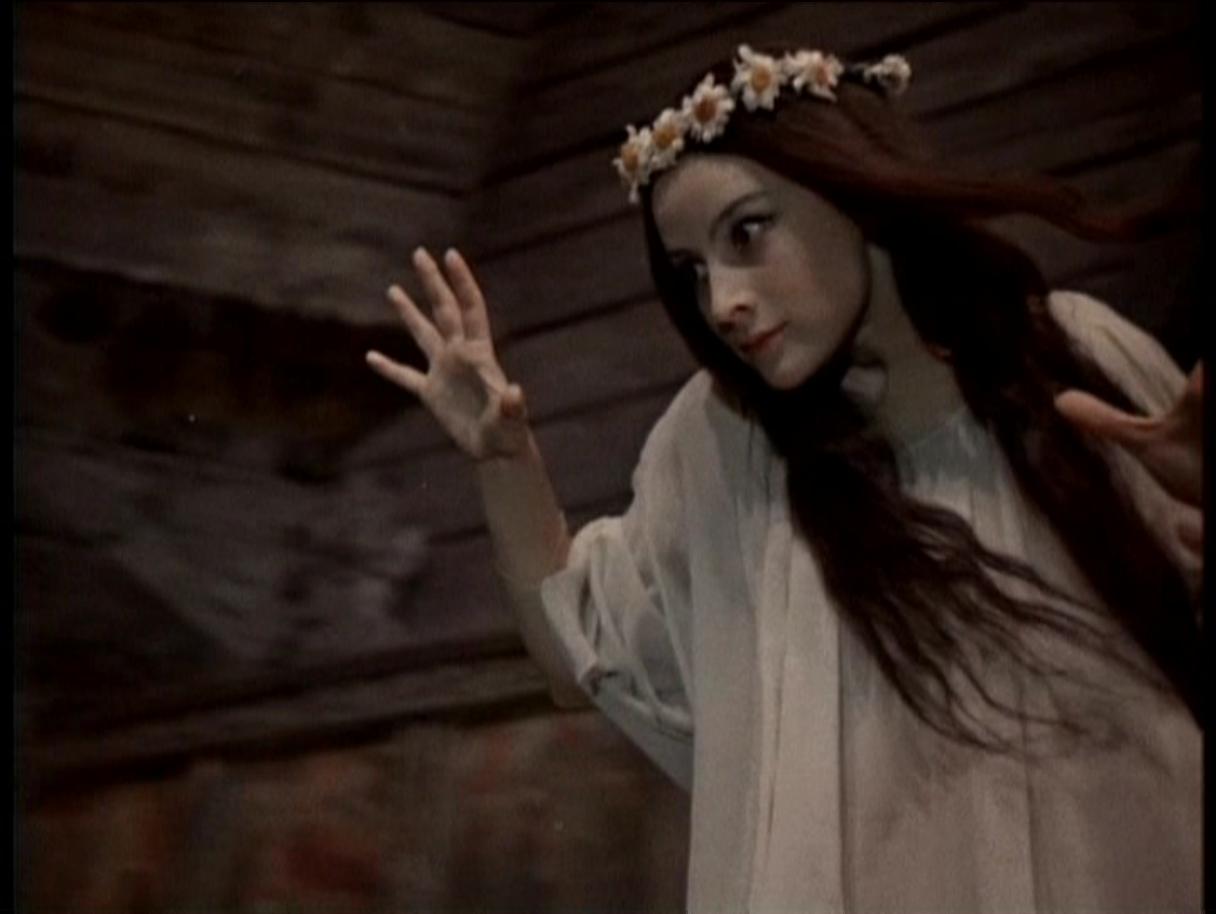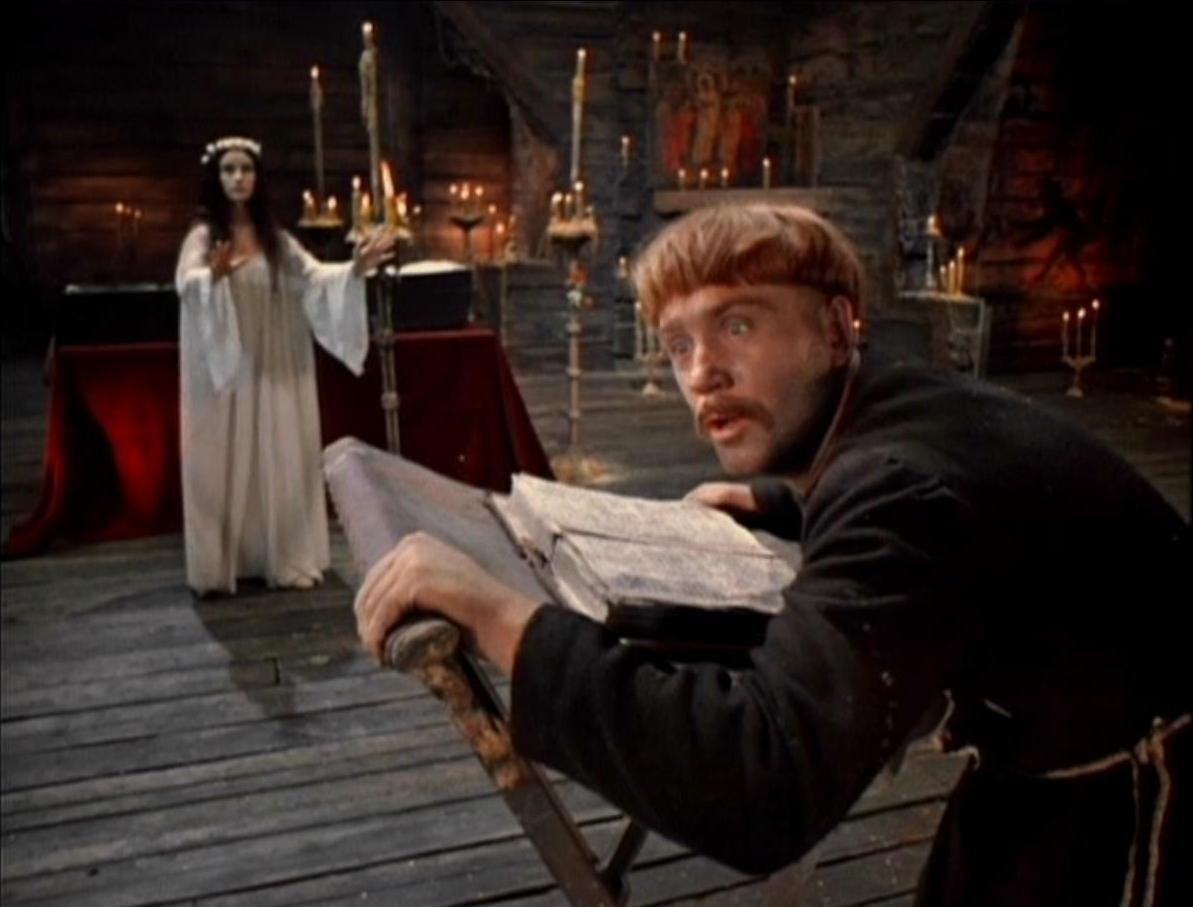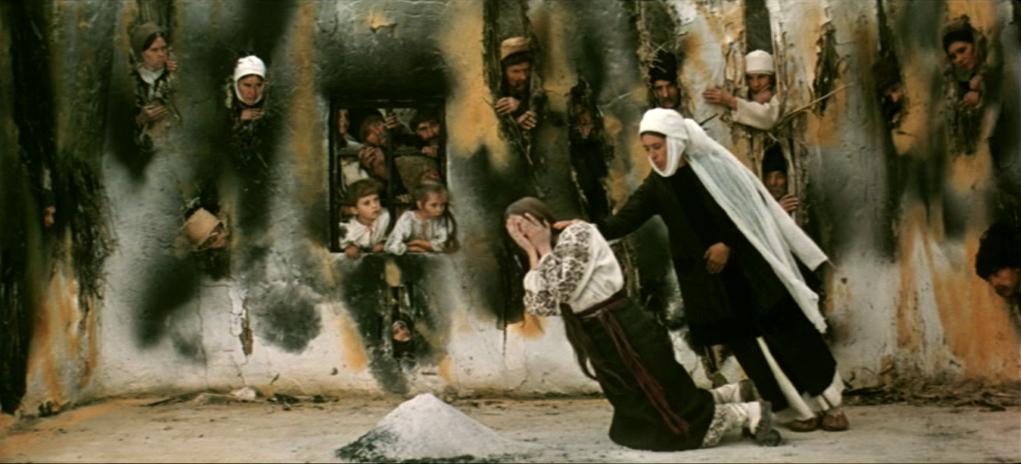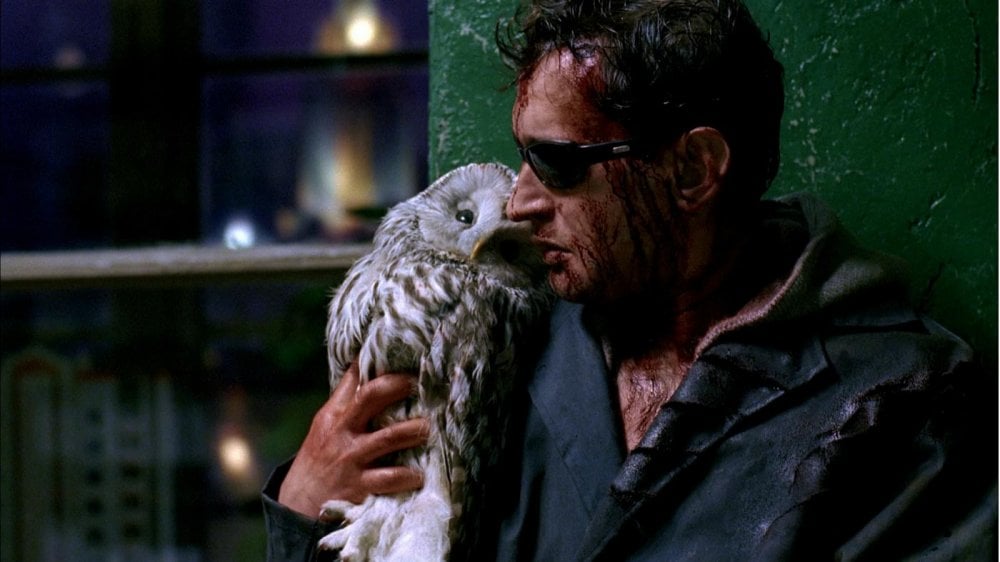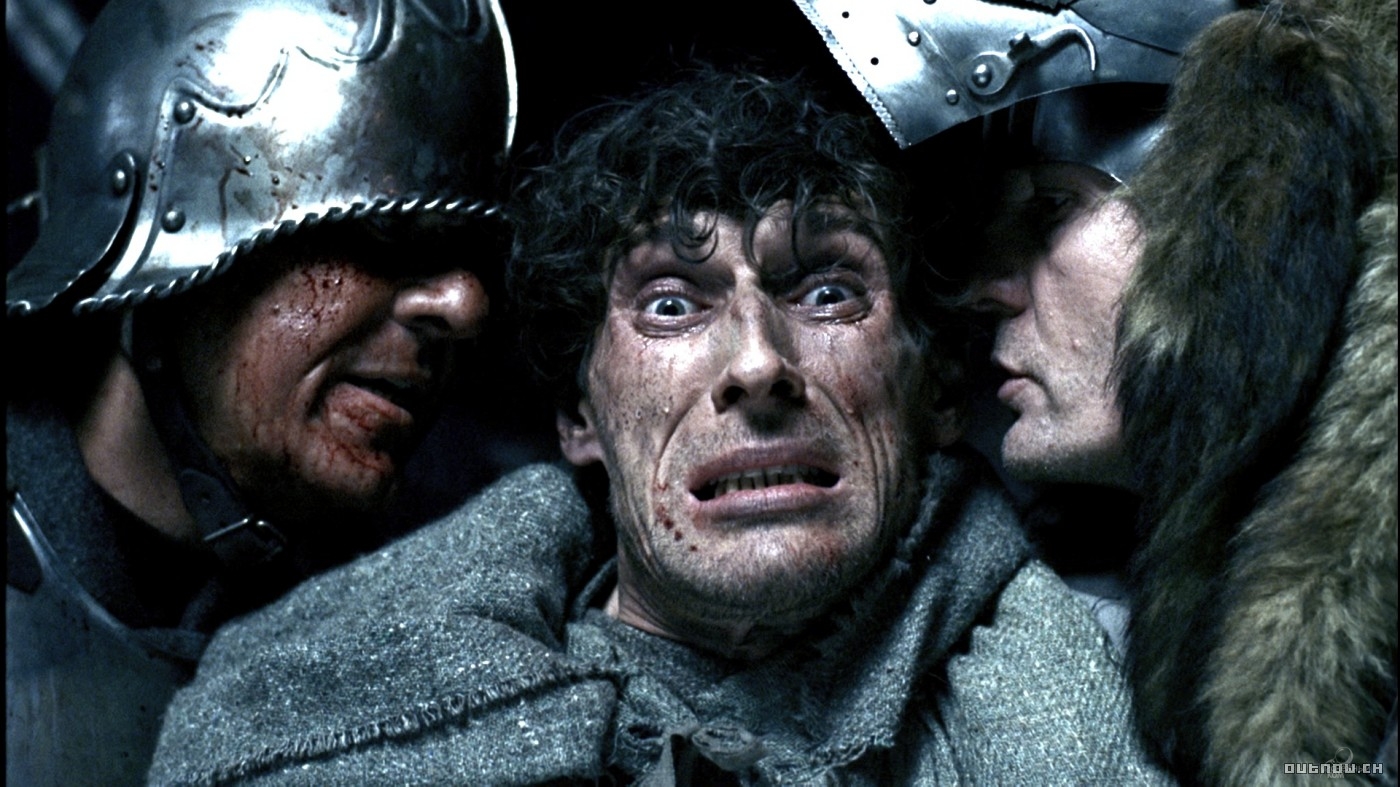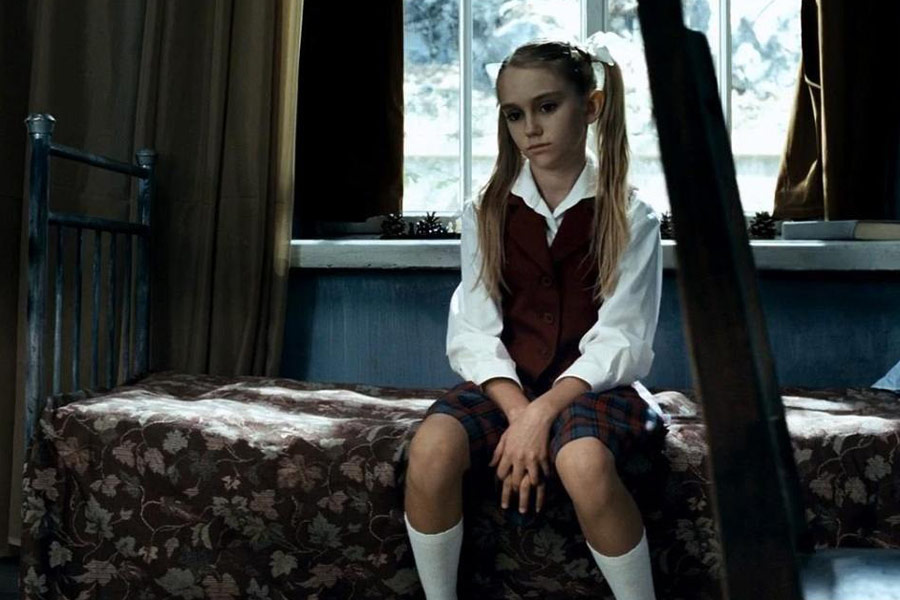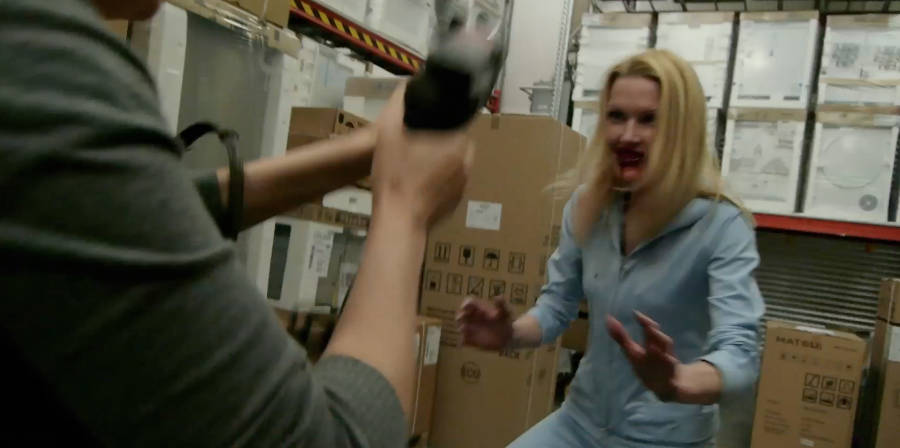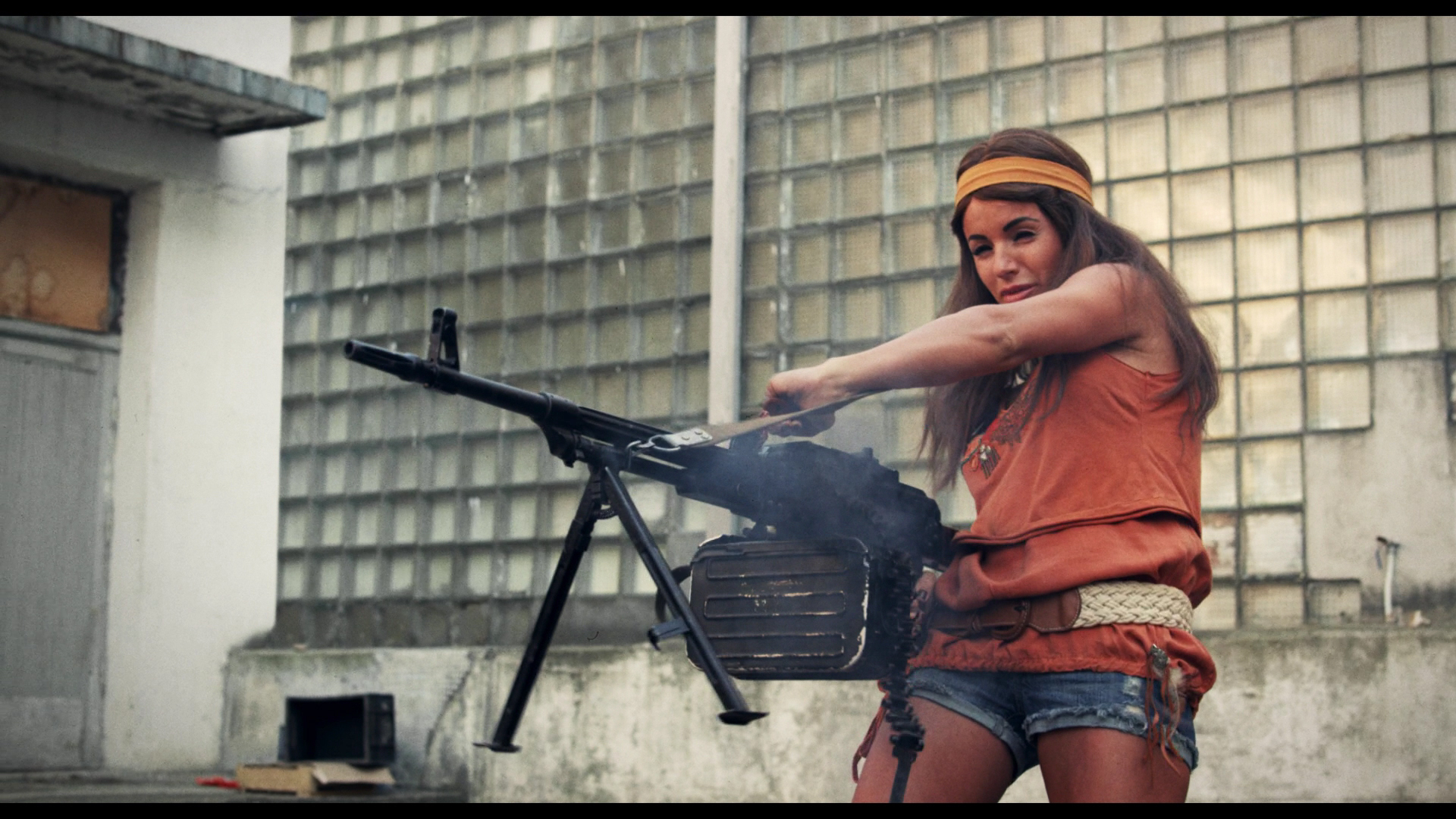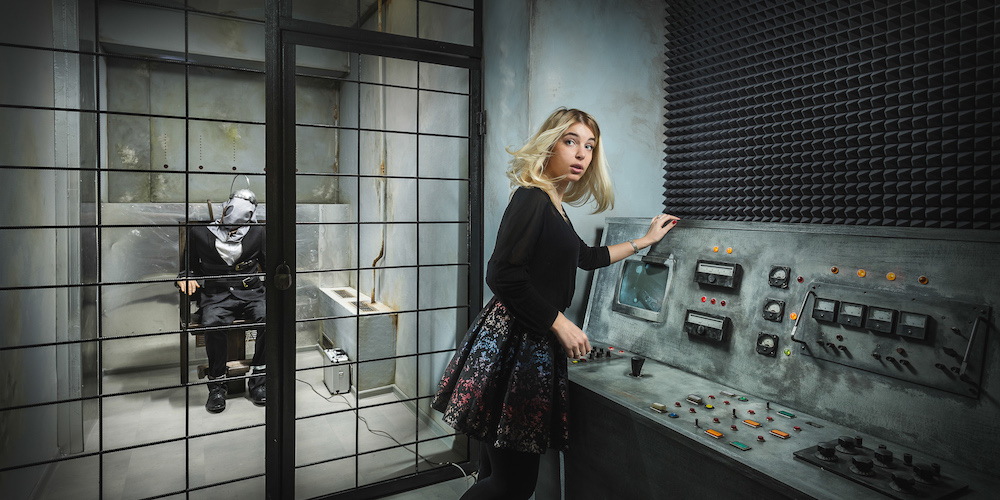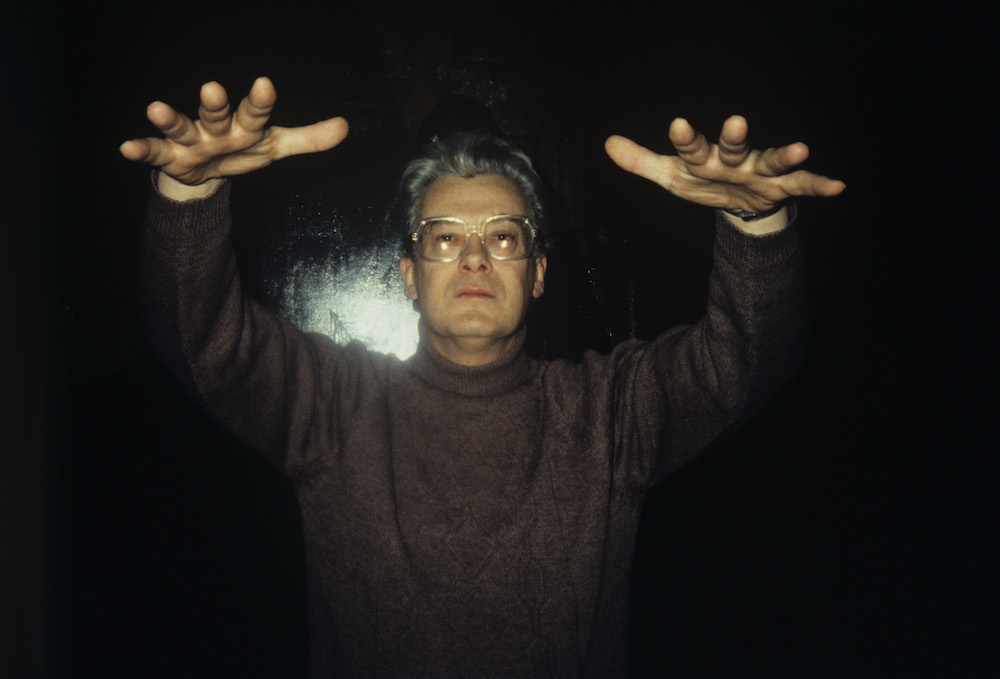Horror show: are Russian scary movies on the brink of big things?

With Pavel Khvaleev’s chilling debut III receiving well-deserved international recognition, Russian horror seems to have arrived. Travis Crawford traces the roots of a genre that emerged only recently in Russia, and asks what we have to fear from it this Halloween
The idea that the best horror film of 2015 emanates from Russia might strike some as a concept so bizarre that it could almost occupy the plot of its own fantastical feature: while countries like the UK, US, Japan, and various European nations currently produce horror films by the dozen each year, you would only need one hand to count the number made in Russia over several. But indeed, III — the second feature from electronic musician/DJ-turned-director Pavel Khvaleev — is the year’s best fright fare. When so many of the offerings from those aforementioned countries are merely serving up unimaginative rehashes of obvious fan influences, III delivers a striking, unique vision, an intensely stylised marvel that stands alongside such genre masterworks as Dario Argento’s Inferno and Yasuzo Masumura’s Moju as one of few horror films to capture the tone and rhythms of a nightmare with unsettling fidelity.
Set in an unspecified village in an unknown era (though Khvaleev has indicated it’s the early 20th century), the story finds young Ayia resorting to a shamanism ritual to pull her sister Mirra out of an illness-related comatose state, with Ayia traveling into Mirra’s subconscious mind to rescue her, in the process uncovering forces and images best left hidden. Khvaleev cites such recent films as Pan’s Labyrinth and The Cell as inspirations for III, as well as his interest in shamanism: “Shamanism is not the most popular theme of horror movies, but that’s why we decided to choose it. Especially because in Russia, there is a place where shamanism and Orthodoxy meet together — in Yakutia. European Catholicism was also once intertwined with shamanic practices.”
Shot largely in Khvaleev’s hometown of Nizhny Novgorod, with a few sequences lensed in the German city of Marburg, III has the visual sheen of an expensive production, so prepare to be startled: “We spent €15,000 (US $16,569) on the creation of the film,” Khvaleev reveals. “Most budgets are spent on professional actors and post-production, especially if the film features computer graphics. We managed to cut costs, as all film editing and post-production were done solely by me. The shooting team consisted only of eight people, who were multifunctional. For example, Alexandra Khaleeva [Khvaleev’s wife] is a scriptwriter, and she also designed nearly all the costumes. Oleg Mustafin helped with the script, but was also responsible for props and safety during complex scenes and also helped with make-up.” In addition to directing, Khvaleev also edited, scored (with his brother Vitaly, as part of their group Moonbeam), and created the visual effects and sound design for the film. Leading actresses Polina Davydova and Lyubov Ignatushko were non-professionals recommended by friends.
“Realist cinema is very popular in Russia, and many Russian directors give the impression that we do not know how to shoot genre movies at all. We have heard that a lot from western journalists at European film festivals,” Khvaleev notes. “Our audience also includes Russian viewers, but those who are ready to accept an alternative reality. In Europe, America, Canada, Australia, people are more open, and these countries have a much longer history with horror movies.” For much of the 20th century, horror scarcely existed as a cinematic genre within the Soviet Union, although early silent examples of the genre were being both made at home, and imported prior to 1917. Following that, there existed little place in the state-run, socialist realism-driven film industry for morbid tales of psychological torment or supernatural invasion. While it’s often stated that horror films did not exist at all during the Soviet decades (with one notable 1967 exception), there are a handful of curious exceptions that might not readily fit into the category of “horror”, but which contained macabre elements that are closely related to the genre.
Actor-director Konstantin Eggert’s popular 1926 film The Bear’s Wedding (co-directed with Vladimir Garden) is more perverse gothic fairy tale than supernaturally inclined horror, but it bears the visual influence of German Expressionist cinema, and its storyline is suitably ghastly, with a 19th century count, apparently scarred by an experience his mother had with a bear during her pregnancy, transforming himself into a bear and attacking women, including his new bride. And speaking of fairy tales, the greatest Soviet-era contributions to fantastic cinema were the sumptuous, colourful folklore fantasias directed by the groundbreaking Aleksandr Ptushko, whose importance has still not been sufficiently acknowledged. Such Ptushko films as Ilya Muromets (1956) and Sampo (1959) are family-friendly fantasy films and obviously not horror, but with mythical landscapes peppered with witches, dragons, and monsters, they were the closest 1950s Soviet counterparts to ghoulish fare being offered in the west.
In 1967, Ptushko served as co-writer, art director, and effects supervisor on the film that is commonly cited as the first Soviet horror film, Viy, directed by Konstantin Yershov and Georgi Kropachyov (the latter is still working today, most recently serving as production designer on the late Aleksey German’s 2013 masterpiece Hard to Be a God). Adapted from the Nikolai Gogol story of the same name, Viy is not only the most significant Russian horror film ever made, it’s arguably still the best, and a classic of international genre cinema. Chronicling the adventures of a young seminarian who faces a witch on a farm, Viy is undeniably a full-blown horror saga, and visually magisterial in its approach, with flying witches, skeletal figures, and monstrous visions that wouldn’t seem out of place in the gothic horrors being made simultaneously in Italy by Mario Bava, who had previously adapted this same Gogol story for his landmark 1960 directing debut Black Sunday (La maschera del demonio). Gogol’s story would later be used as the basis for Serbian director Djordje Kadijevic’s 1990 film A Holy Place, and then the 1967 film was a more direct influence on director Oleg Stepchenko’s long-delayed, big-budget 2014 3D film of the same name, but none of the later adaptations compare to the Yershov/Kropachyov/Ptushko classic.
Another Gogol story, “St. John’s Eve”, served as the basis for a truly outre, surreal 1968 semi-horror film, The Eve of Ivan Kupala, from Ukrainian filmmaker Yuri Ilyenko, who had previously worked as Sergei Parajanov’s cinematographer on Shadows of Forgotten Ancestors. Ilyenko constructs a free adaptation of the Gogol tale, with a farmhand striking a literal deal with the Devil and committing murder in order to win the hand of his beloved, but it’s less the demonic story elements and more Ilyenko’s bizarre stylistic approach that proves unnerving: utilising hallucinatory imagery, jump cuts, wild camerawork, various frame speeds, and other startling techniques, Ilyenko’s film has more in common with the Czech, Polish, and Serbian new wave cinema movements of the era, and it proved too much for Soviet cultural authorities, who banned the film for years. While available now, it’s vastly underrated, and is ripe for discovery in the west.
While there are films in other genres that contain horror-related elements throughout the 1970s and 80s – including Georgiy Daneliya’s dystopian science fiction cult favorite Kin-dza-dza! (1986), Stanislav Govorukhin’s respectfully downbeat Agatha Christie adaptation Ten Little Indians (1987), and Oleg Teptsov’s ethereal symbolist/decadence era-set mystery Mister Designer (1987) – the emphasis on realism and avoidance of otherworldly occult themes would continue until, and beyond, the perestroika period. Recalling a slightly earlier favourite, even Valeri Rubinchik’s stunningly eerie, evocative Savage Hunt of King Stakh (1980) ultimately drops its gothic ambience for a pedestrian, pragmatic explanation of the film’s events, although obviously Rubinchik was merely being faithful to the Uladzimir Karatkievich source novel. Certainly, with glasnost and the final disintegration of the Soviet Union, horror cinema was no longer obliged to provide simplistic, naturalistic stories. Yet the genre was still not wholly embraced in the late 80s and 90s, and there was far from a rush on the part of filmmakers to create horror titles. Among the work that does stand out in this period, though, are Nikolay Lebedev’s 1996 directing debut The Source of Snakes, Albert S. Mkrtchyan’s ghostly final film Contact (1992), and particularly Dmitriy Svetoarov’s Kazakhstan-shot, “man vs. nature”/animal attack thriller Stray Dogs (1989).
However, horror has become a major Russian cinema genre in the 21st century, and some of that can certainly be traced to the work of Kazakh-born director Timur Bekmambetov, whose hugely successful 2004 urban vampire epic Night Watch, and its even more special effects-laden 2006 sequel Day Watch, were not only the biggest Russian box office hits up to that point, but they were two of the rare Russian horror/fantasy movies to secure widespread international distribution, not to mention popularity.
Bekmambetov’s blockbusters are effective, although they’re more chaotic and noisy than actually scary (little wonder he was quickly recruited by Hollywood), so if one is searching for a Russian horror film with a more authentically chilling tone, director Pavel Ruminov’s 2007 tale of a trio of ghost sisters, Dead Daughters, is a creepier, albeit more subdued, option. Ruminov’s screenplay is a bit inconsistent, and the film owes an obvious debt to spectral sagas being produced in Japan and South Korea during this period, but it’s still an efficient little shocker. Also worth noting are actor-turned-director Aleksandr Strizhenov’s evil kids hit Yulenka (2009), and two films from the late director Aleksei Balabanov, Of Freaks and Men (made in 1998, in between his two hit Brother films) and Cargo 200 (2007). While neither could easily be labelled horror, both films are unsparingly grim portrayals of hellish environments that share many of the same confrontational sensibilities as the best horror work done in recent years. And there’s also a fascinating independent, underground horror film movement in Russia, including work by Kirill Khrestinin such as The Ghost of Hovrino (2012) and the microbudget fan films being made by Dmitriy Khmelyov and “Sergey A.” for the hyper-prolific Terra Studio outfit – many of which are available to view in full on Terra’s YouTube channel.
How can one tell that horror has recently become a thriving film genre in Russia? Because, like seemingly every other cinema-producing country, it’s been hit by a glut of low-budget zombie movies. Mikhail Brashinskiy’s Finland-set Shopping Tour (2012) is the most interesting of the batch, combining the consumerist setting of George Romero’s renowned Dawn of the Dead with the “found footage” video approach of his later entry Diary of the Dead, but other shambling undead bloodbaths like Meteletsa: Winter of the Dead (2012) and Zombie Fever (2013) have little new to offer. As for III, the film has screened at genre film festivals around the world, and recently went into surprisingly wide release in Germany. Yet, Khvaleev notes, Russian horror films still have a tough pathway ahead of them in their home country: “We have negotiated with several Russian distributors and cinema chains, and had several meetings, but they were afraid to release our film. On the one hand, we understand their fear, as III is still an “auteur” film with no stars, but at the same time, by acting this way…they don’t support independent Russian genre cinema that has already earned faith outside this country.”
